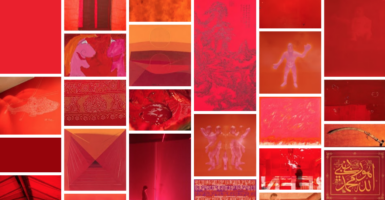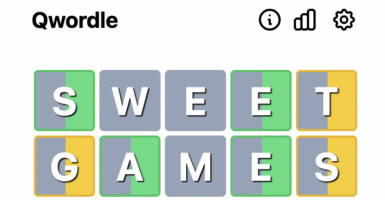Looking Back At The Biggest Stories Of 1968
The late ’60s are a time that’s frequently romanticized, with 1967’s Summer of Love and the 1969 Woodstock festival serving as cultural touchstones for the hippie generation. But in between these two noteworthy events, 1968 was a year marked by bloodshed at home and abroad.
From the ongoing, and worsening, Vietnam War to two assassinations that shocked the world, those who lived through 1968 will likely agree that at the time, it felt like the world was tearing itself apart.
The Tet Offensive utilized shock and awe.
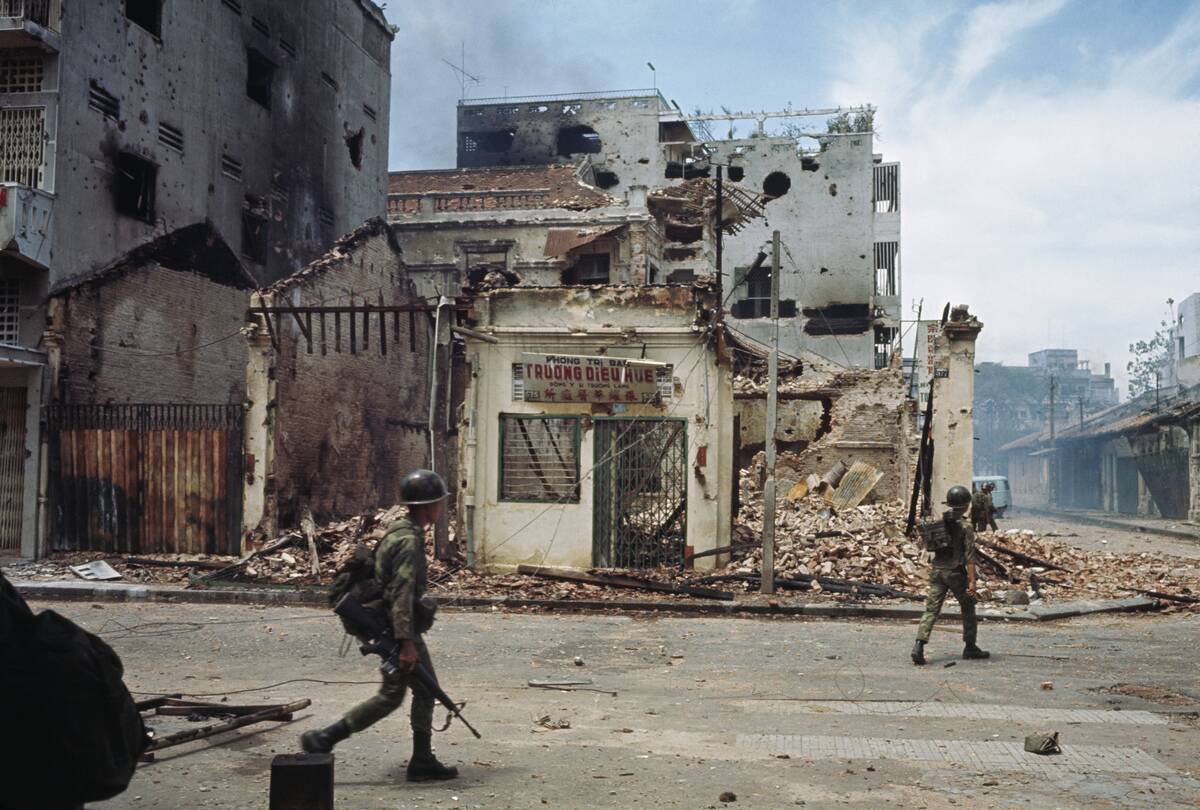
U.S. and South Vietnamese forces weren’t expecting much activity during the Vietnamese Lunar New Year holiday of Tet — but North Vietnamese and Viet Cong forces seized on this complacency by carrying out a massive, coordinated assault that targeted over 100 cities and outposts, including the U.S. embassy in Saigon.
The Tet Offensive eventually petered out, but the sheer scale and audacity of the attack shocked the West. While media reports prior to the Offensive had indicated that the U.S. was close to winning the war, the dramatic footage and high number of casualties signaled a shift in public perception.
Dr. Martin Luther King Jr. was gunned down.
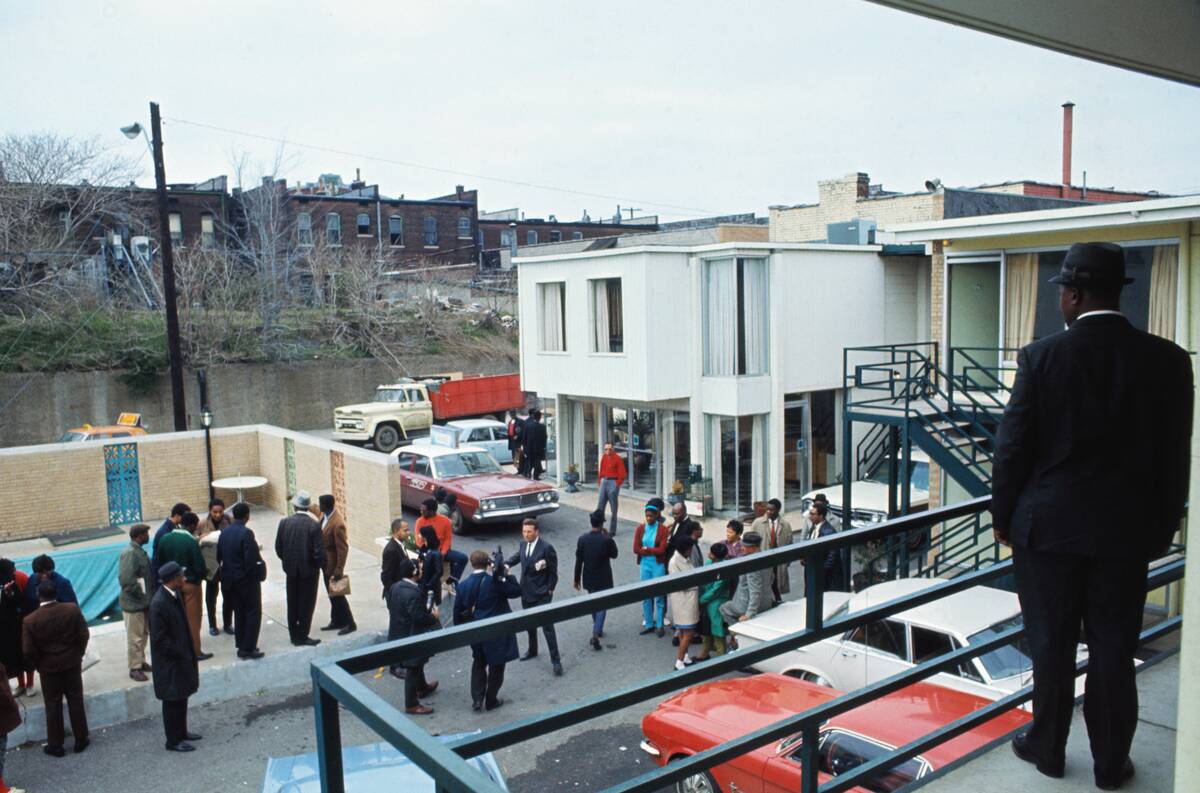
Dr. Martin Luther King Jr., the most prominent leader of the American civil rights movement, was staying at the Lorraine Motel in Memphis on the night of April 4th when he stepped out on the balcony for a breath of fresh air.
While he stood there, he was shot and killed. His death led to an outpouring of grief and anger across the United States, prompting a national reckoning on racial injustice. The hunt for King’s gunman, James Earl Ray, was widespread, and Ray was later sentenced to 99 years in prison.
The Civil Rights Act was a key milestone.
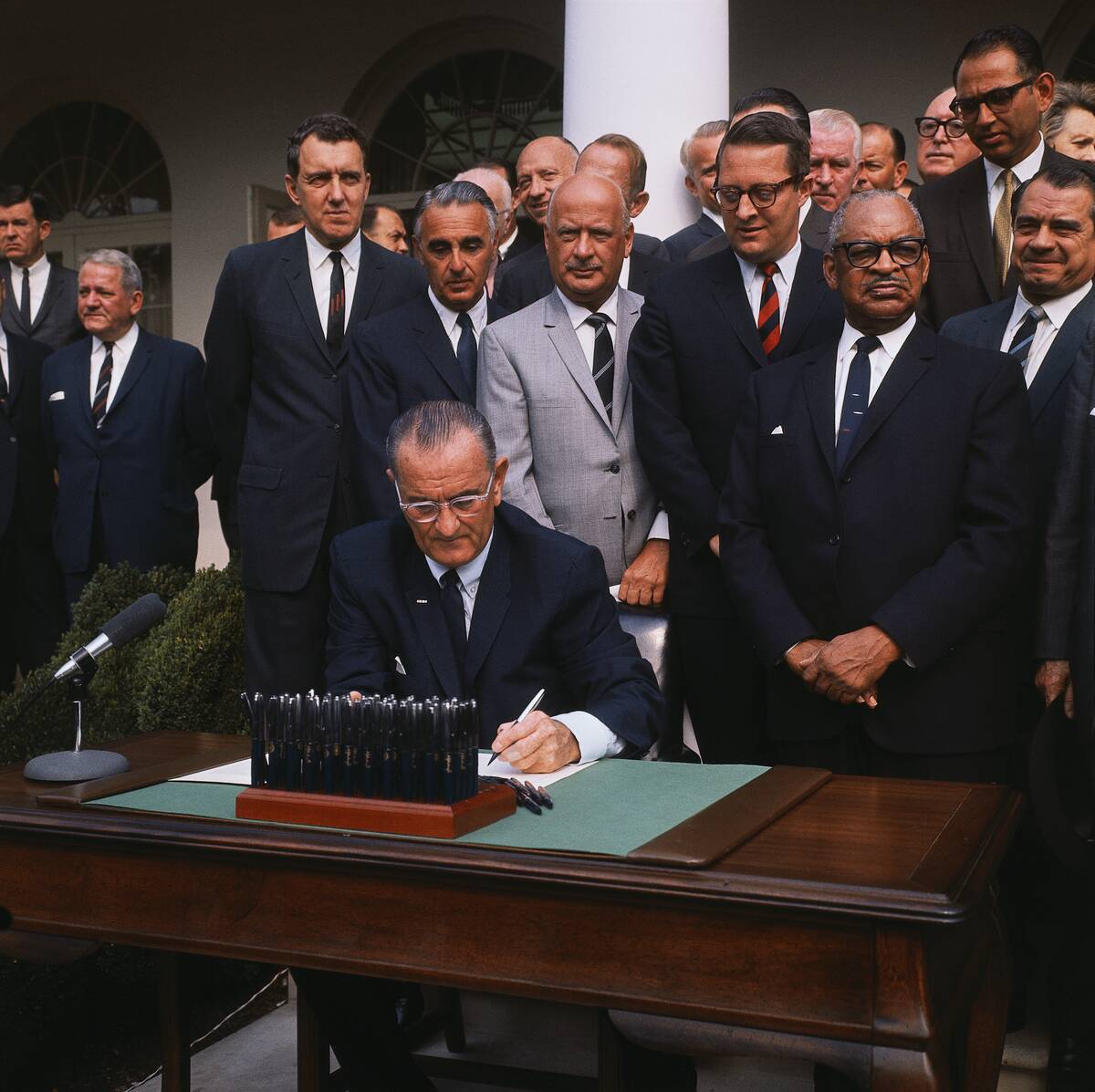
Just days after the assassination of MLK, the Civil Rights Act of 1968 — also known as the Fair Housing Act — was signed into law by President Lyndon B. Johnson. It was a watershed moment, as it prohibited discrimination in the sale, rental, and financing of housing based on race, religion, national origin — and eventually, gender.
While the law was designed primarily to address the systemic inequality of segregated housing, it also signaled that lawmakers were ready to acknowledge some aspects of systemic racism.
Like his brother, RFK was also assassinated.

Robert F. Kennedy, the younger brother of JFK, was the leading Democratic presidential candidate when he was gunned down at the Ambassador Hotel in Los Angeles following his California primary victory speech.
RFK had been riding a groundswell of support among marginalized communities, with his campaign emphasizing hope, unity, and the need for systemic change. In addition to being another public tragedy for the Kennedy family, his death also threw the 1968 presidential race into chaos.
The Democratic National Convention is marked by clashes.
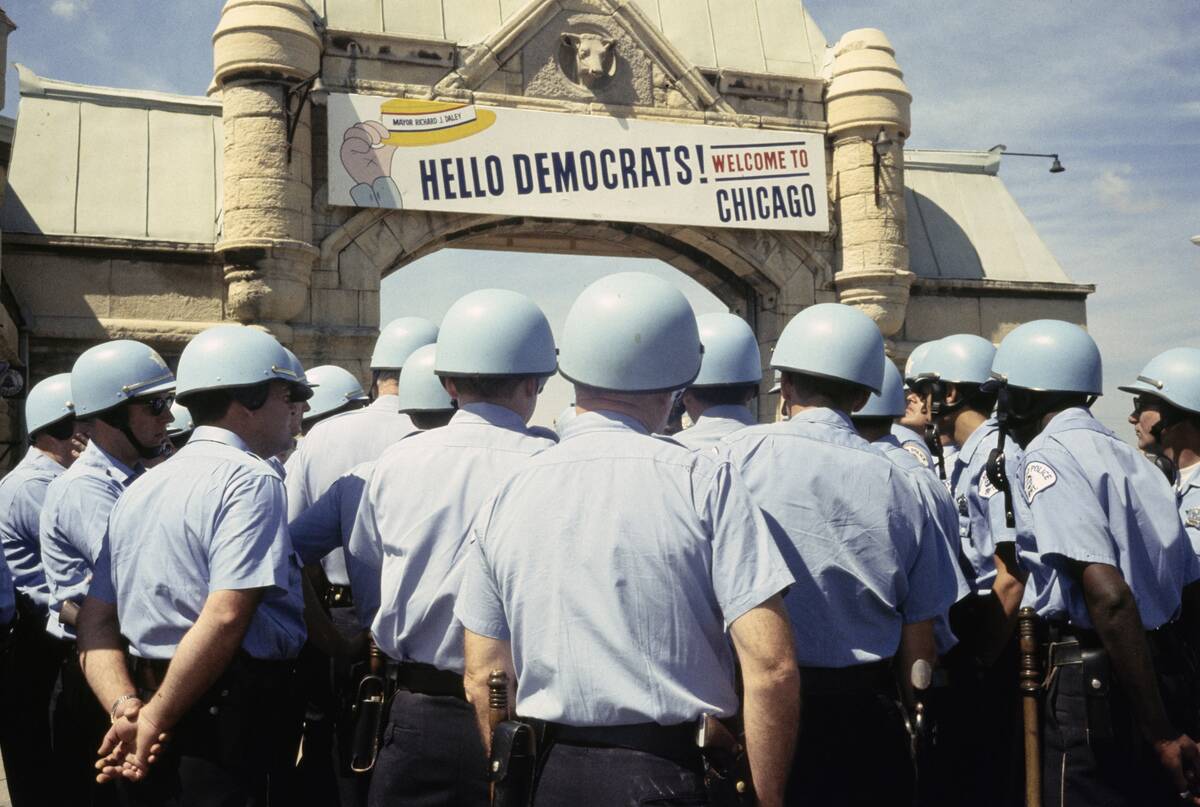
As an election year, 1968 would also see national conventions for both parties. The Democratic National Convention, held in Chicago, was quickly overshadowed by what was happening outside rather than the speeches that were going on inside.
Police and anti-war protesters clashed on the streets of Chicago, with police using brutal and heavy-handed methods to quell the protests. Images and videos of the protests were broadcast around the world, which only served to further alienate many from the political process.
The Prague Spring was a major turning point.
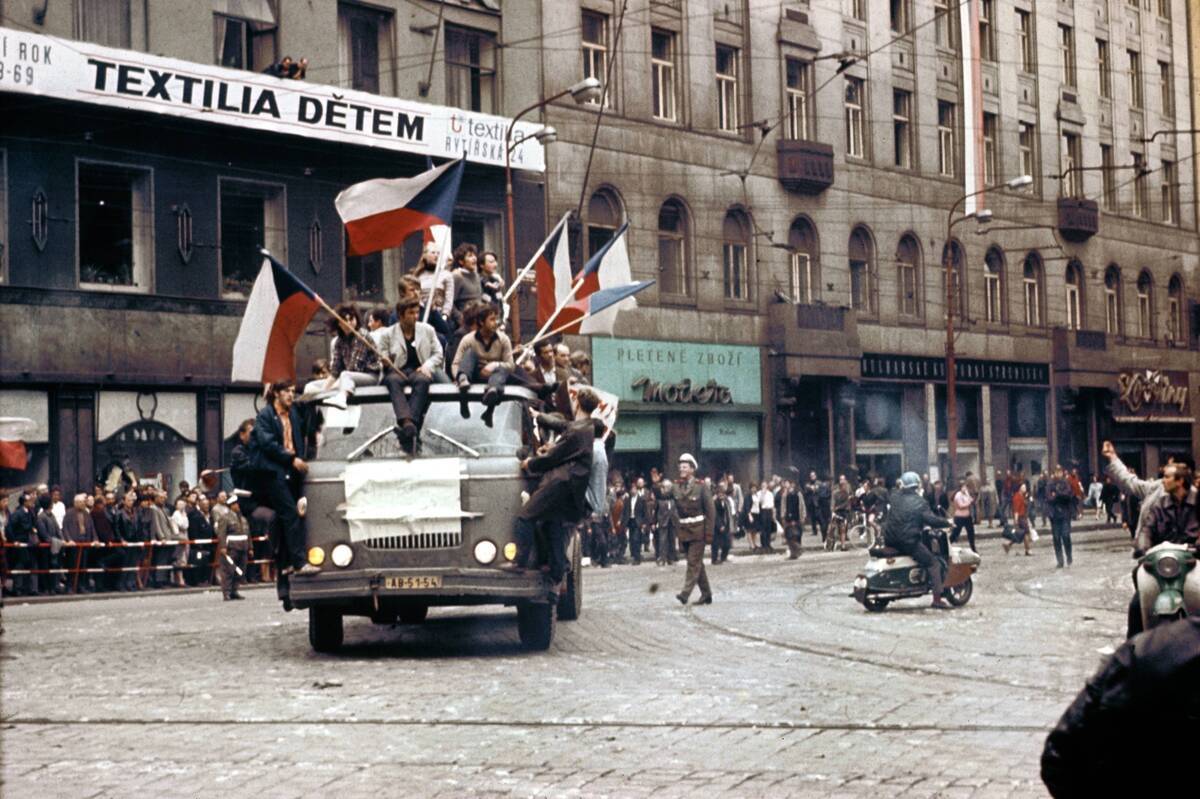
Under the leadership of Alexander Dubček, Czechoslovakia saw a brief period of political liberalization and reform, even as the country struggled under Soviet pressure. This was given the name of the Prague Spring, and the Soviet Union would respond with an oppressive occupation.
Civilians passively resisted as the Soviets occupied the country to re-assert hardline communist control. These events shone a light on just how far the Soviets were willing to go to crush reforms, and also signaled to the wider world that liberalization behind the Iron Curtain was unlikely.
The My Lai Massacre horrified the world.
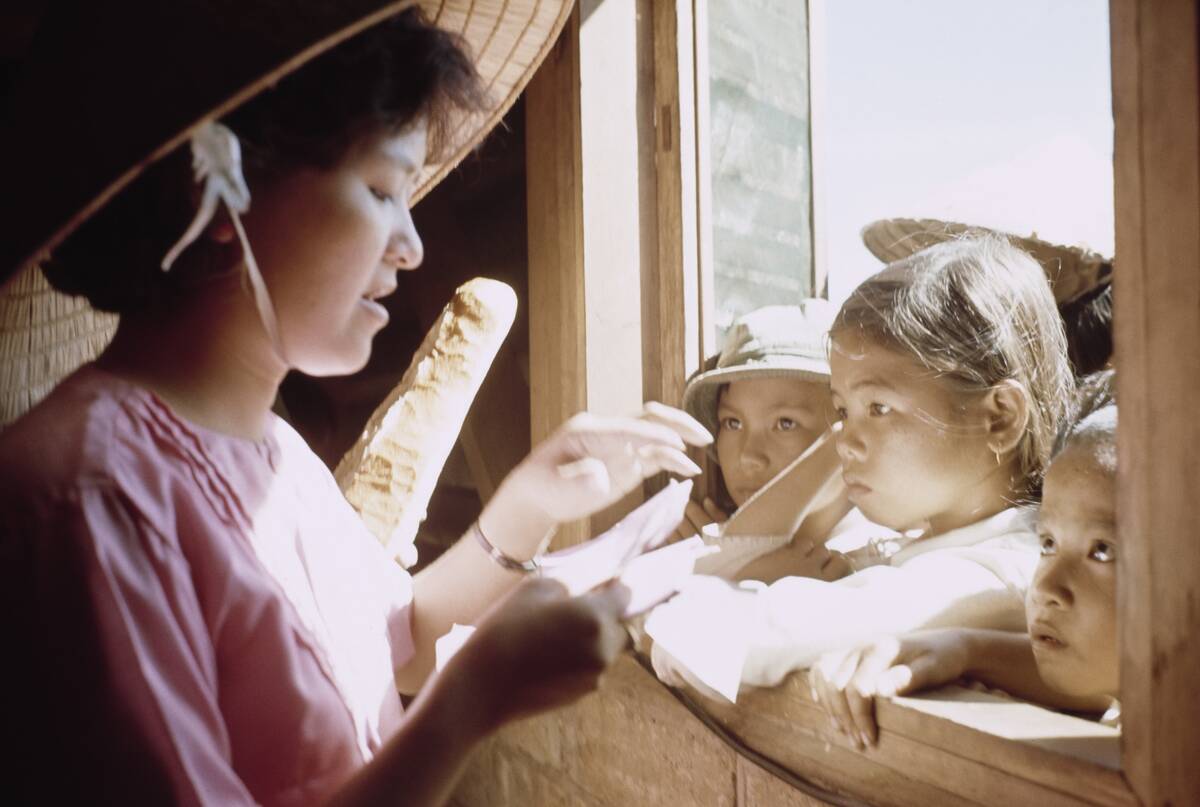
One of the most shocking events of 20th century warfare occurred in March, when U.S. Army soldiers from Charlie Company — led by Lieutenant William Calley — participated in the massacre of hundreds of unarmed Vietnamese civilians in the village of My Lai.
The military initially covered up the incident, but its full scope was revealed the following year thanks to whistleblowers and investigative journalists. It was a horrifying display of wartime depravity, and only reinforced the perception that the Vietnam War was a mistake. Calley received a life sentence for his role, but this was later commuted to house arrest.
The Paris Peace Talks sought an end to the Vietnam War.
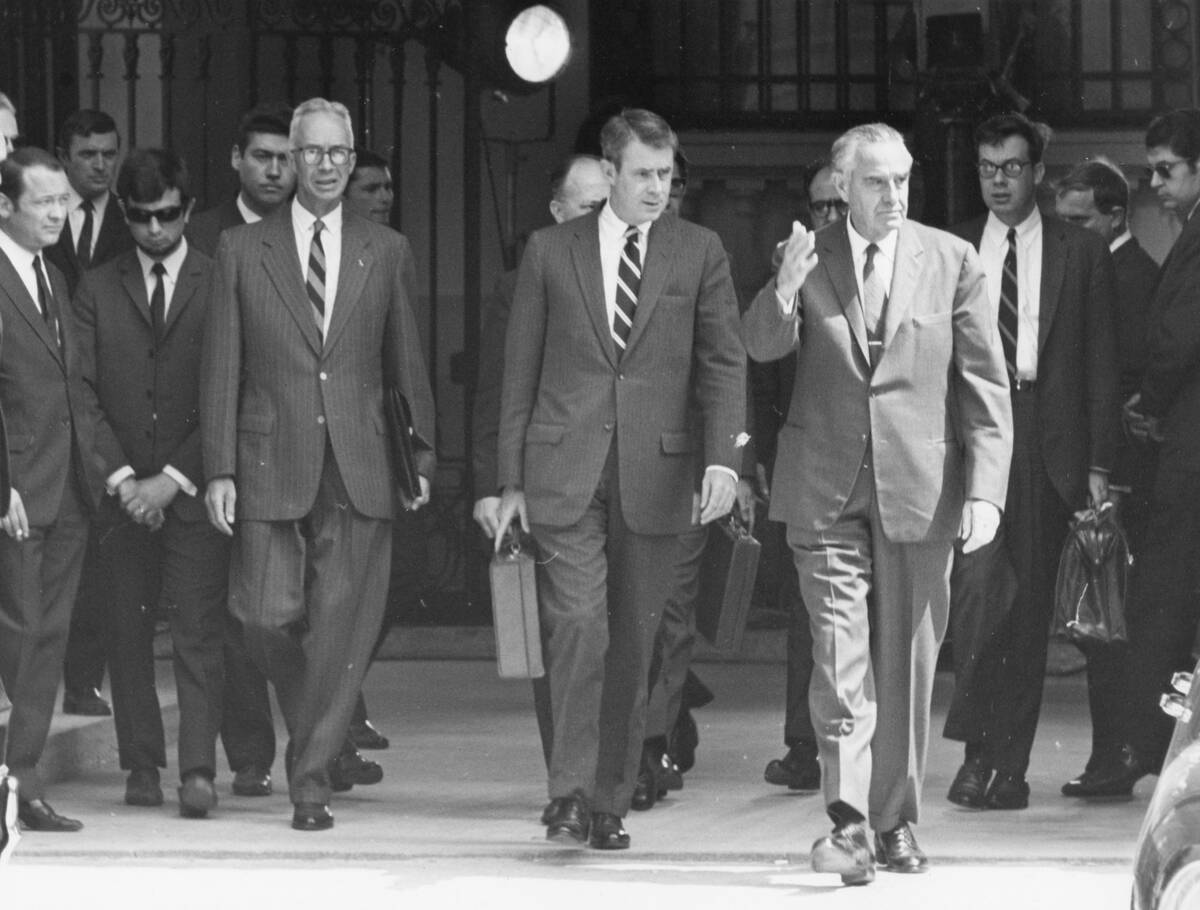
Political leaders knew that the Vietnam War needed to end, and the Paris Peace Talks — initiated in May — brought together representatives from the United States, both South and North Vietnam, and the Viet Cong to seek a peaceful end to the hostility.
Unfortunately, talks stalled almost immediately as mistrust and disputes over procedure brought progress to a standstill. While the talks didn’t directly result in much, they did, at the very least, signal some willingness to engage in diplomacy rather than combat.
The U.S. went around the moon.
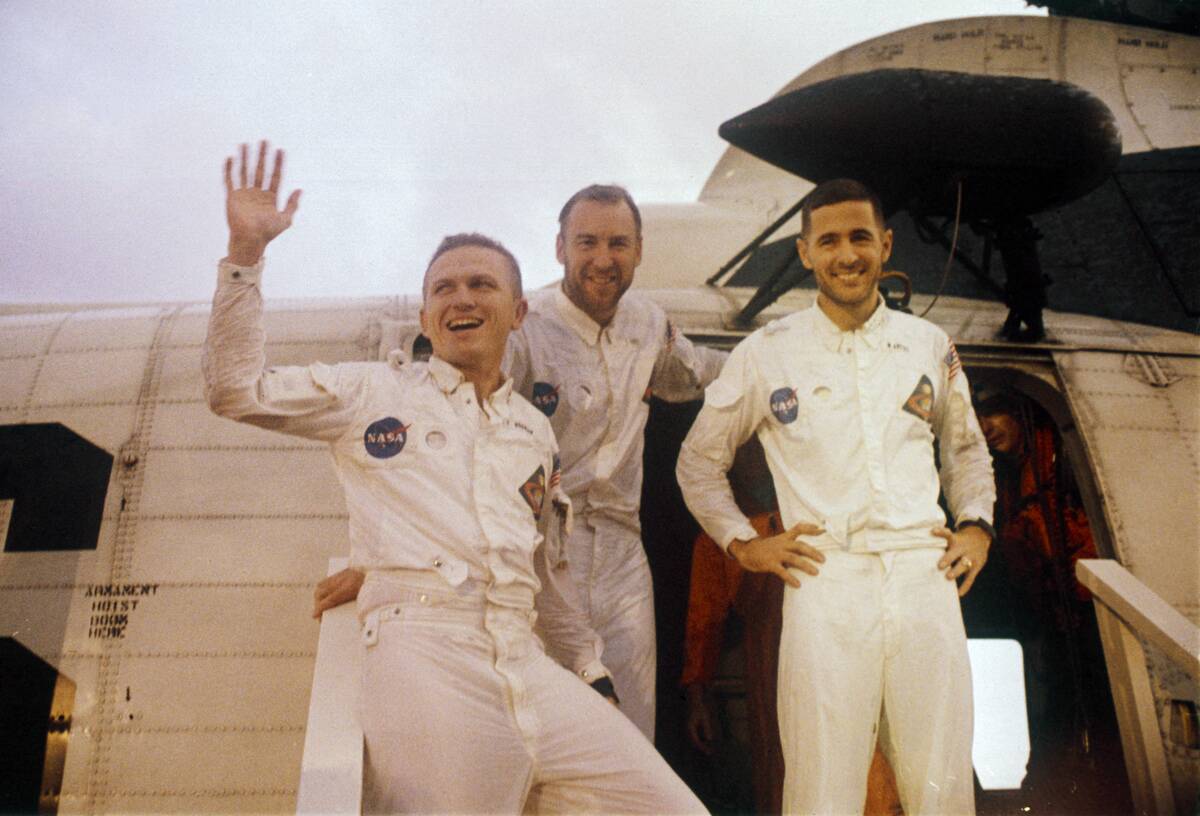
1969 marked the historic moon landing, but 1968 featured a significant milestone in NASA’s lunar journey, even if it would be overshadowed the following year. Apollo 8 became the first manned spacecraft to leave Earth’s orbit, reach the moon, orbit it, and then return home safely.
Astronauts Frank Borman, Jim Lovell, and William Anders took part in the mission, which spanned the Christmas season and featured a live broadcast from lunar orbit on Christmas Eve. This is also the mission where the iconic “Earthrise” photograph was taken.
The Olympics featured a famous salute.
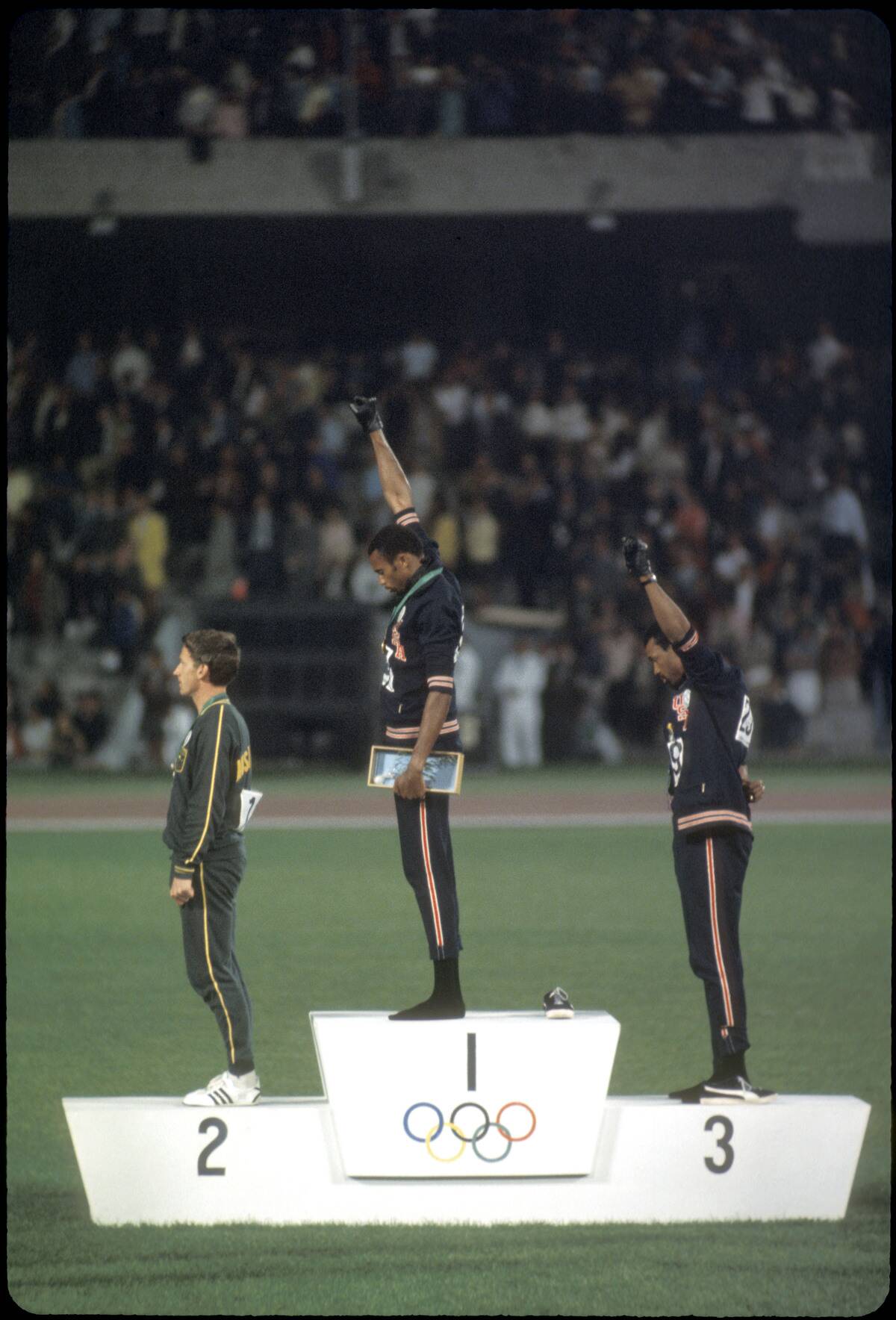
Two Black American athletes, Tommie Smith and John Carlos, won gold and bronze medals in the 200-meter sprint event at the 1968 Summer Olympics in Mexico City. As they stood on the podium, they took part in a moment that would become immediately iconic.
Both athletes stood shoeless, each wearing one black glove. During the U.S. national anthem, they each raised a black-gloved fist in a gesture to express Black power and solidarity. It was a silent, dignified form of protest, but was seen as a shocking show of disrespect at the time.
Nixon won the presidency.

The unpopularity of incumbent President Lyndon B. Johnson meant that the Democrats were seeking a new leader for the 1968 presidential election — and after the assassination of Robert F. Kennedy, the party selected Hubert Humphrey as their nominee.
While the Democrats had been thrown into chaos, the Republican candidate, Richard Nixon, had campaigned on a consistent platform aimed at restoring “law and order.” His message resonated with voters, and Nixon secured a narrow victory in the 1968 election.
Protests rocked France.
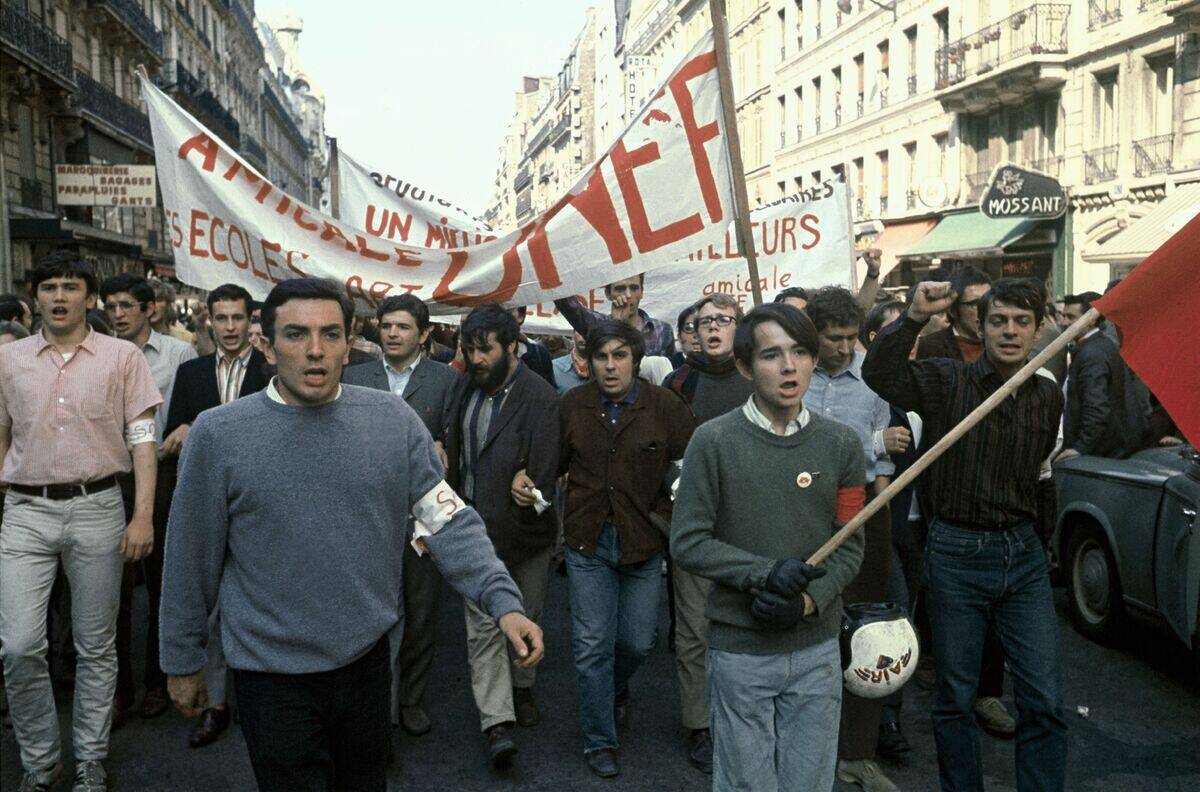
In May, a massive uprising took place in France, one that eventually involved millions of people. It all started as a student protest at the University of Paris at Nanterre, then spread to Sorbonne, where clashes with police only served to inflame tensions further.
Students were eventually joined in by workers, finding common ground in protesting poor labor conditions and economic inequality. Millions of people took part, and the unrest event prompted French President Charles de Gaulle to briefly flee the country.
Columbia students took to the streets.
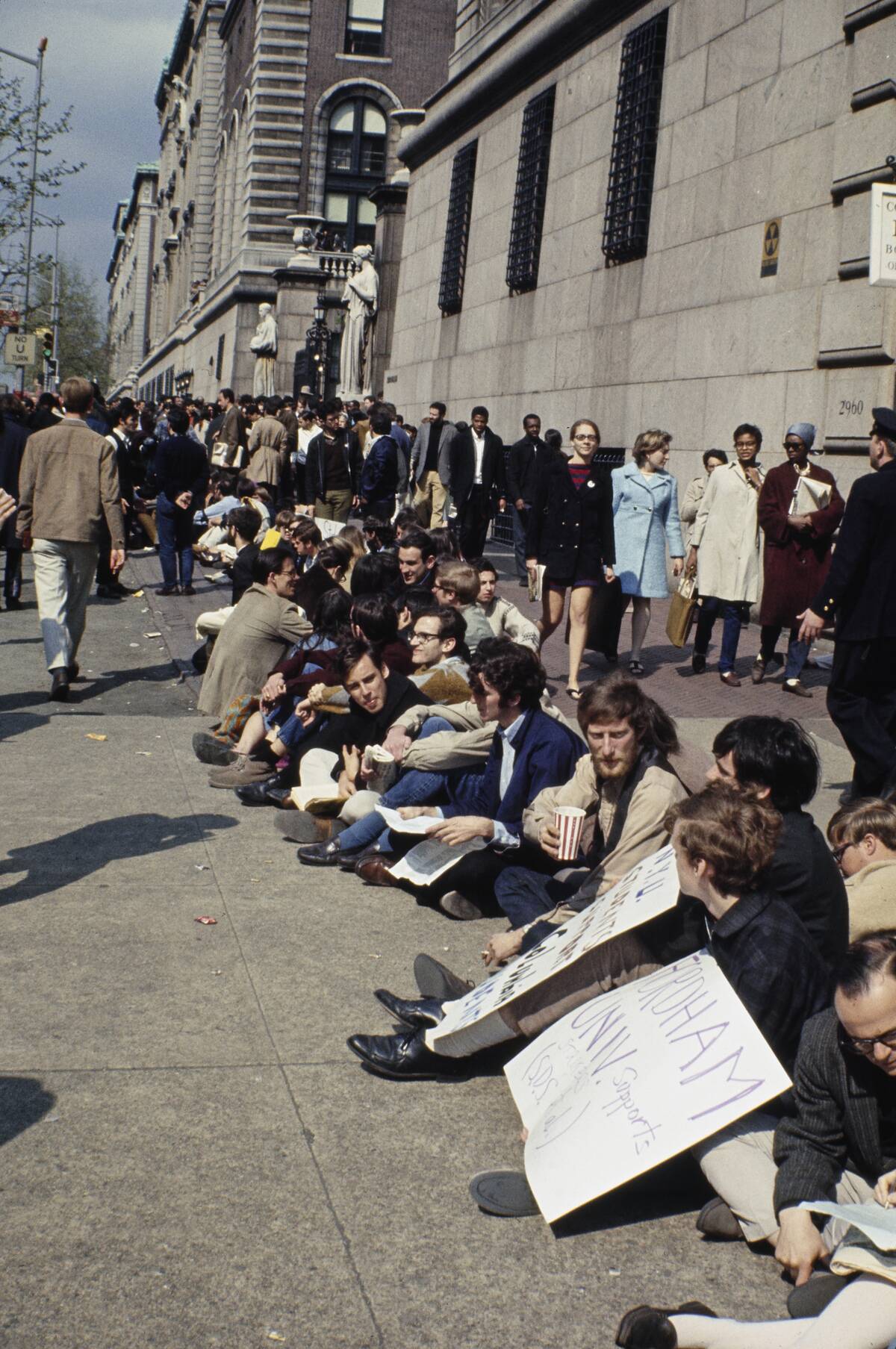
Columbia University’s involvement in military research and its plans to build a gymnasium in Harlem prompted students to launch a series of protests to voice their displeasure over the military-industrial complex and racial insensitivity.
Students occupied campus buildings for nearly a week, bringing Columbia to a virtual standstill. Eventually, police were called in, resulting in violent skirmishes and hundreds of arrests.
Andy Warhol escaped an attempt on his life.
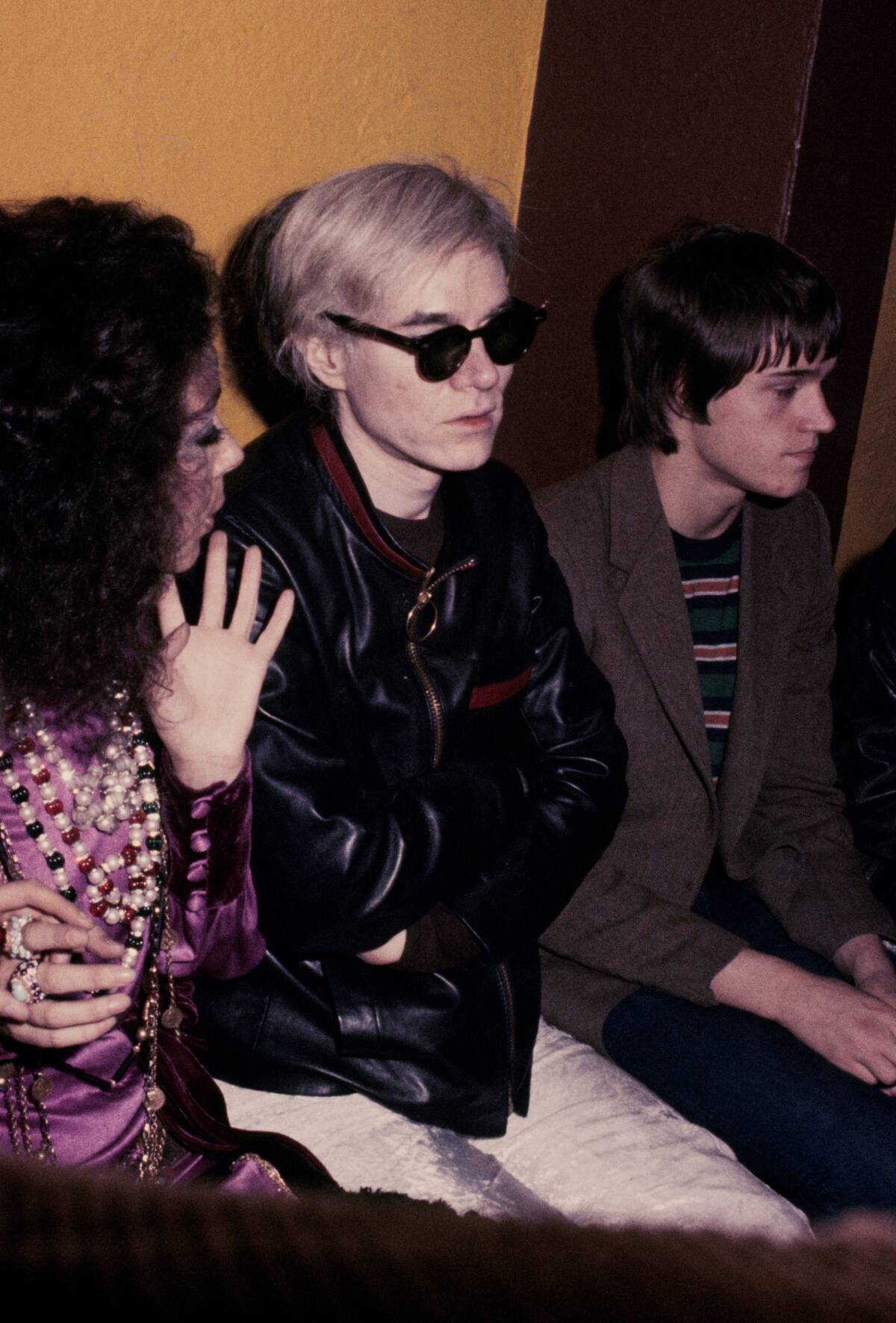
Pop art icon Andy Warhol was lucky to escape with his life after he was shot by radical feminist Valerie Solanas, who’d had minor involvement with Warhol’s studio in the past and believed the artist had wronged her.
Warhol was badly wounded in the attack and had to undergo several surgeries, enduring permanent physical and psychological damage. It marked a significant change for Warhol, as his work moving forward became darker and more introspective.
An iconic film was released.
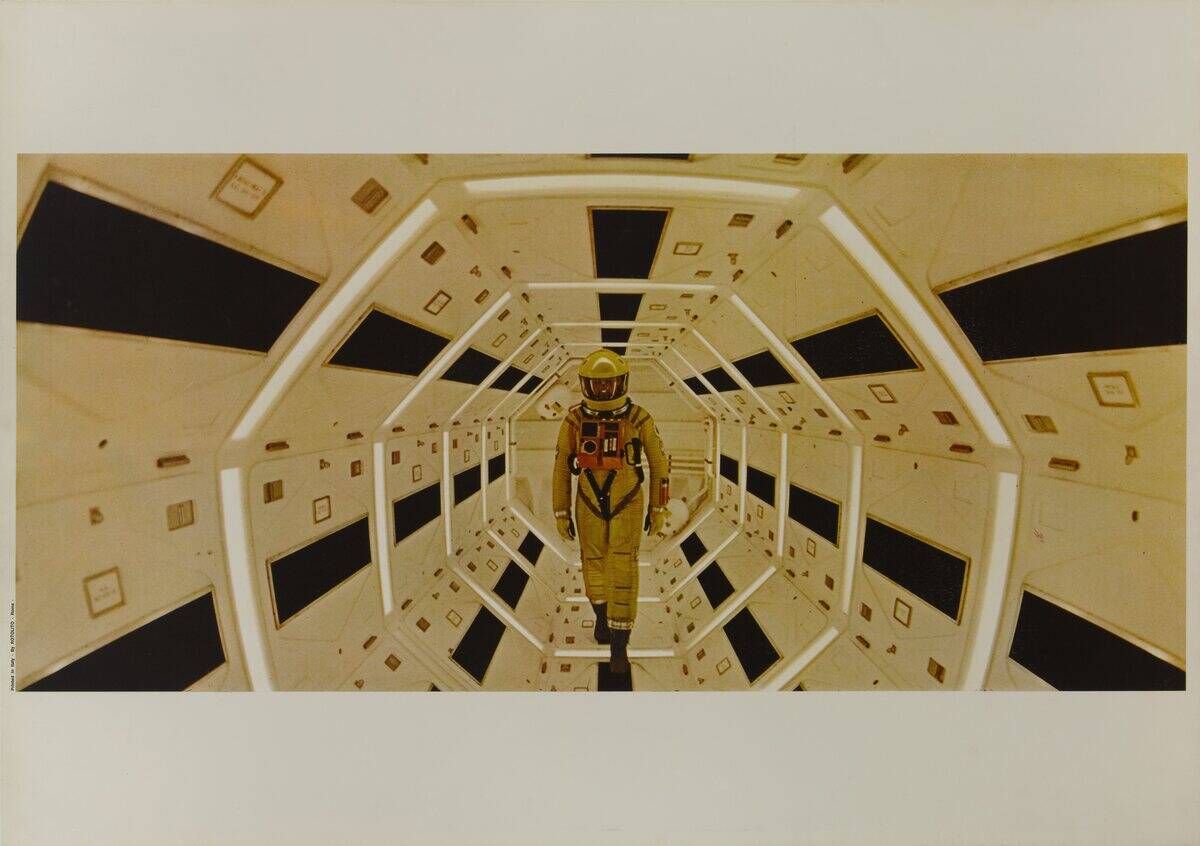
Stanley Kubrick’s masterpiece 2001: A Space Odyssey made its premiere in April of 1968 and helped to revolutionize the science fiction genre in the process. Its special effects were groundbreaking for the time, while its minimal dialogue and iconic scenes made it a deeply philosophical movie.
The movie was so unique that it confused some critics on its release, though it didn’t take long for it to be hailed as one of the greatest films ever released.
